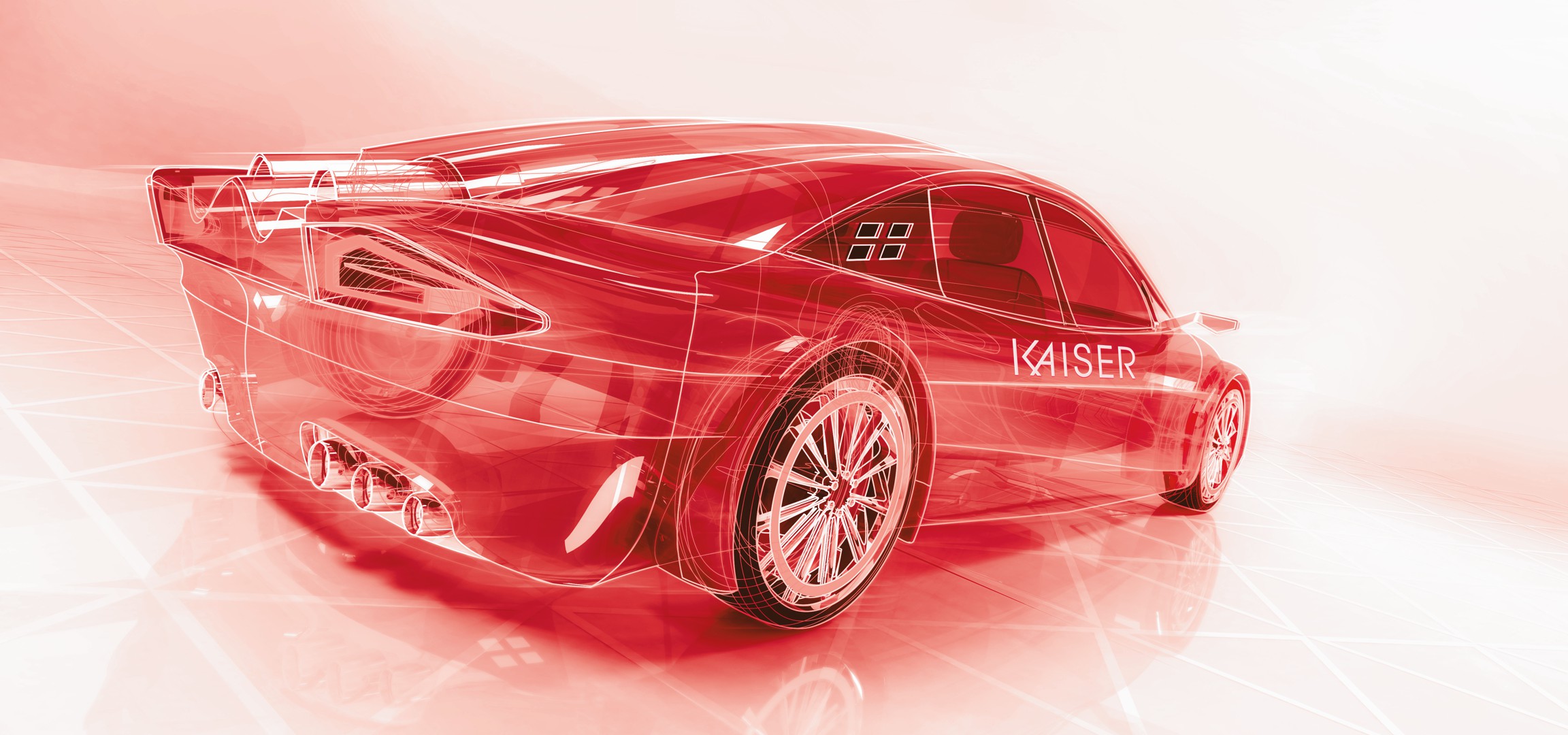Automotive
Behind the concept of autonomous driving lies the vision of a vehicle that moves without a driver controlling it. In the public debate, this is usually referred to as self-driving cars and trucks. The possibilities for autonomous driving are even more diverse. In principle, any means of transport can be used. The aviation group Airbus is thinking about small autonomous aircraft as air taxis in inner-city traffic, and autonomous container ships could soon be on the move at sea. Trains could move autonomously through the rail network, in agriculture tractors are already being used autonomously today. All areas agree that the use of autonomous vehicles promises greater safety, as many accidents are still caused by human error.
The development of autonomous vehicles in road traffic takes place in several stages, which differ in the degree of autonomy:
![]() Stage 1: Assistance systems, such as distance control temps, facilitate vehicle control
Stage 1: Assistance systems, such as distance control temps, facilitate vehicle control
![]() Stage 2: The vehicle is semi-automated and has, for example, an automatic parking aid or lane keeping function.
Stage 2: The vehicle is semi-automated and has, for example, an automatic parking aid or lane keeping function.
![]() Stage 3: The vehicle is highly automated. For example, it can change lanes independently. However, the driver must potentially still be able to take over the vehicle manually at any time.
Stage 3: The vehicle is highly automated. For example, it can change lanes independently. However, the driver must potentially still be able to take over the vehicle manually at any time.
![]() Stage 4: The vehicle is fully automated and controls itself. The driver only needs to intervene in emergencies.
Stage 4: The vehicle is fully automated and controls itself. The driver only needs to intervene in emergencies.
![]() Stage 5: The vehicle steers autonomously. Only the system start as well as the target setting are still carried out by the driver.
Stage 5: The vehicle steers autonomously. Only the system start as well as the target setting are still carried out by the driver.
Sensor technology for autonomous driving

Before the ideas about autonomously driving vehicles can be turned into reality, countless hours in the laboratory, millions of test kilometres on the traffic routes and complex test routines are necessary. For many years, Kaiser has been developing so-called test adapters precisely for this area in order to deliver the raw data of the various sensors (camera, radar, lidar) at "high speed" to the test vehicles' computer centres.



